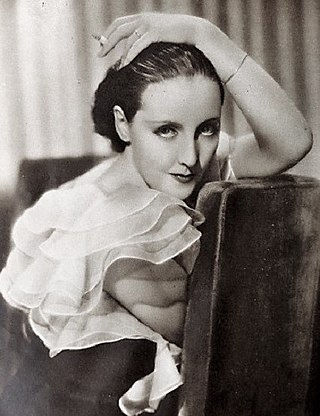
Dorothea Wieck, born Dora Bertha Olavia Wieck, was a German theatre and film actress.
Stärker als die Nacht is an East German film directed by Slatan Dudow. It was released in January 1954.
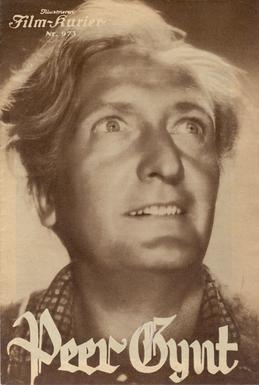
Peer Gynt is a 1934 German drama film directed by Fritz Wendhausen and starring Hans Albers, Lucie Höflich and Marieluise Claudius. It is based on the play Peer Gynt by Henrik Ibsen.
The Story of Anastasia and in the UK, Is Anna Anderson Anastasia?, is a German film directed by Falk Harnack. The 1956 film is based on the true story of Anna Anderson, who was pulled from the Landwehr Canal in Berlin in 1920 and later claimed to be Anastasia, the youngest daughter of Tsar Nicholas II of Russia. The entire family was executed in the Russian Revolution, but this was not confirmed until their graves were discovered in 1991 and 2007.
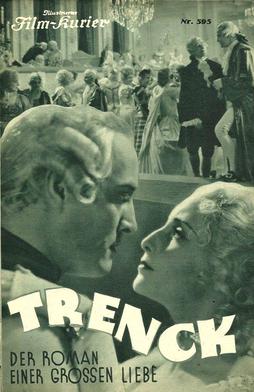
Trenck is a 1932 German historical film directed by Ernst Neubach and Heinz Paul starring Hans Stüwe, Dorothea Wieck, and Olga Chekhova. The film was based on a novel by Bruno Frank. It was shot at the Johannisthal Studios with sets designed by the art director Erich Czerwonski. It depicts the life of the Eighteenth century adventurer Friedrich von der Trenck.

Goodbye, Franziska is a 1941 German romance film directed by Helmut Käutner and starring Marianne Hoppe, Hans Söhnker and Fritz Odemar. It portrays the relationship between a globetrotting reporter and his devoted wife. The film was remade in 1957.

Back Then is a 1943 German drama film directed by Rolf Hansen and starring Zarah Leander, Hans Stüwe, and Rossano Brazzi. The film's sets were designed by Walter Haag. It was made at the Babelsberg Studio, by Universum Film AG, Germany's largest film company. It was Leander's final film of the Nazi era, as she returned to Sweden shortly afterwards. This was a blow for the German film industry, as she was the most popular and highest-paid star. Leander's next film was not for another seven years, when she made a comeback in Gabriela (1950).

Five Suspects is a 1950 West German crime film directed by Kurt Hoffmann and starring Hans Nielsen, Dorothea Wieck and Friedrich Schoenfelder. It is also known by the alternative title of City in the Fog.
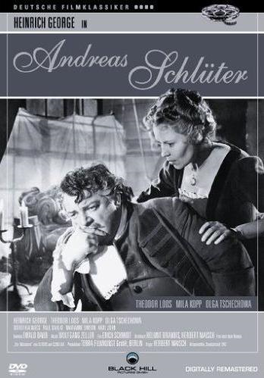
Andreas Schlüter is a 1942 German historical drama film directed by Herbert Maisch and starring Heinrich George, Mila Kopp and Olga Chekhova. It portrays the life of the 18th-century German architect Andreas Schlüter. It was shot at the Babelsberg Studios and Althoff Studios in Berlin. The film's sets were designed by the art directors Hermann Asmus, Kurt Herlth and Robert Herlth.

In der Heimat, da gibt's ein Wiedersehn! is a 1926 German silent film directed by Leo Mittler and Reinhold Schünzel. It shares its name with a popular song title.
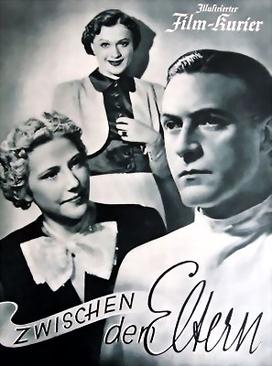
Between the Parents is a 1938 German drama film directed by Hans Hinrich and starring Willy Fritsch, Jutta Freybe, and Gusti Huber. It was shot at the Babelsberg Studios in Potsdam. The film's sets were designed by the art directors Wilhelm Depenau and Ludwig Reiber.

Court Theatre is a 1936 Austrian drama film directed by Willi Forst and starring Werner Krauss, Carl Esmond and Hortense Raky.
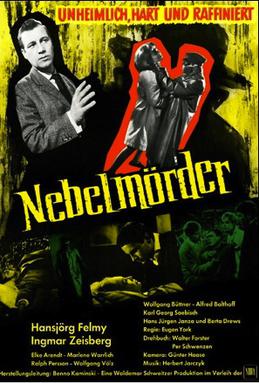
Murderer in the Fog is a 1964 West German crime film directed by Eugen York and starring Hansjörg Felmy, Ingmar Zeisberg and Elke Arendt.

The Man of My Life is a 1954 West German drama film directed by Erich Engel and starring Marianne Hoppe, René Deltgen and Otto Gebühr. It was shot at the Göttingen Studios and on location in Hamburg. The film's sets were designed by the art director Fritz Maurischat.

A Woman Branded or Dangers of Love is a 1931 German drama film directed by Eugen Thiele and starring Toni van Eyck, Elsa Bassermann and Hans Stüwe. It was shot at the Terra Studios in Berlin. The film's sets were designed by the art director Heinrich Richter.
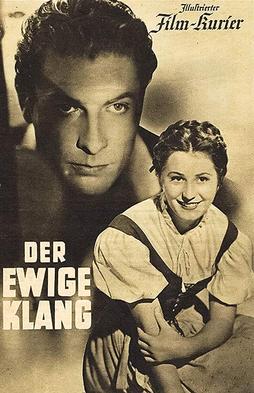
The Eternal Tone is a 1943 German drama film directed by Günther Rittau and starring Elfriede Datzig, Rudolf Prack and Olga Chekhova.
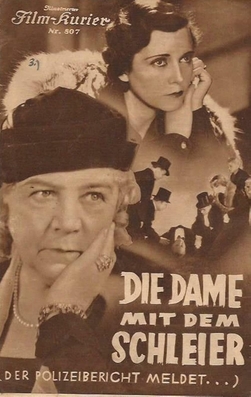
Police Report is a 1934 German mystery crime film directed by Georg Jacoby and starring Olga Chekhova, Paul Otto and Hansi Niese. It was adapted from the 1932 novel Die Frau im schwarzen Schleier by Hedda Lindne.
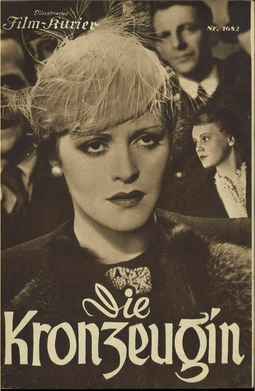
The Chief Witness is a 1937 German crime drama film directed by Georg Jacoby and starring Iván Petrovich, Sybille Schmitz and Sabine Peters. It was shot at the Babelsberg Studios in Berlin. The film's sets were designed by the art directors Otto Hunte and Willy Schiller. Location shooting took place in the Krkonose Mountains in Czechoslovakia and Zugspitze in Bavaria.

Ways to a Good Marriage is a 1933 German drama film directed by Adolf Trotz and starring Olga Chekhova, Alfred Abel and Hilde Hildebrand. It was shot at the EFA Studios in Halensee in Berlin. The film's sets were designed by the art directors Heinz Fenchel and Botho Hoefer. The film was based on the ideas of the sexologist Theodore H. Van de Velde and was in the tradition of the enlightenment films of the Weimar Republic. Although his work had already been forbidden by the new Nazi regime, it was not formally banned until 1937 despite protests by Nazi students in Kiel who were successful in having the film pulled from cinemas there.

Regimental Music is a 1950 German drama film directed by Arthur Maria Rabenalt and starring Heidemarie Hatheyer, Friedrich Domin and Siegfried Breuer. It was an Überläufer, a film made predominantly during the Second World War but not released until after the fall of the Nazi regime. It was based on the novel Die Schuld der Gabriele Rottweil by Hans Gustl Kernmayr and it sometimes known by this title. It was shot at the Bavaria Studios in Munich. The film's sets were designed by the art directors Rudolf Pfenninger and Ludwig Reiber. The film's direction was originally assigned to Georg Wilhelm Pabst before he was replaced by Rabenalt.


















